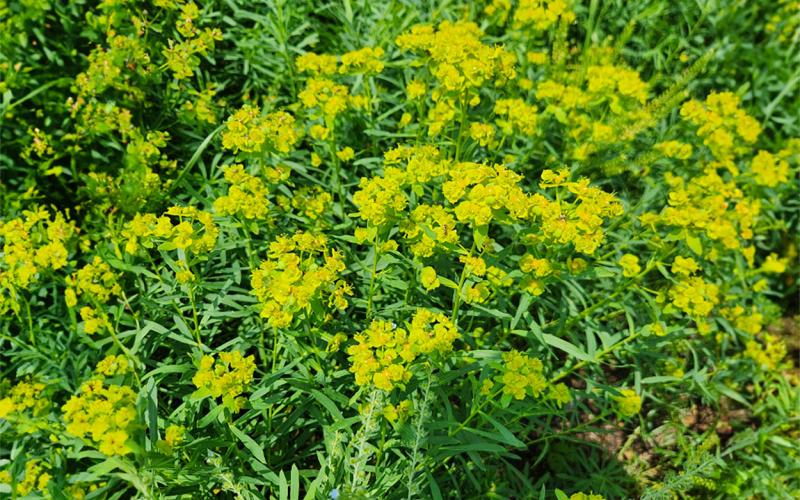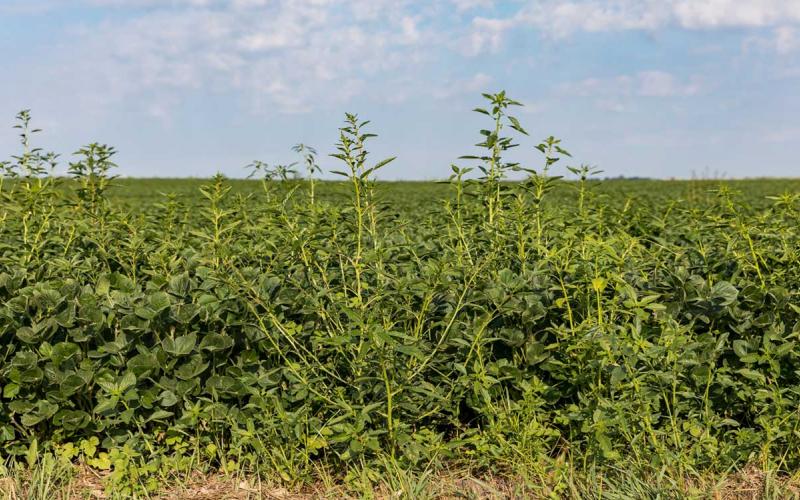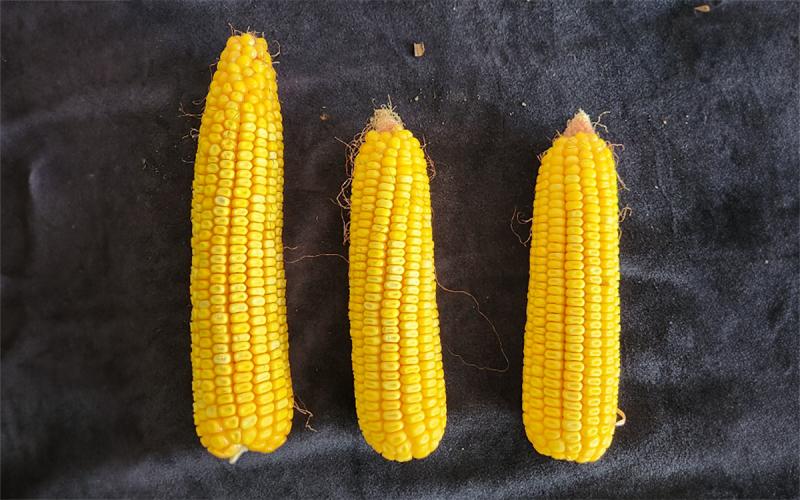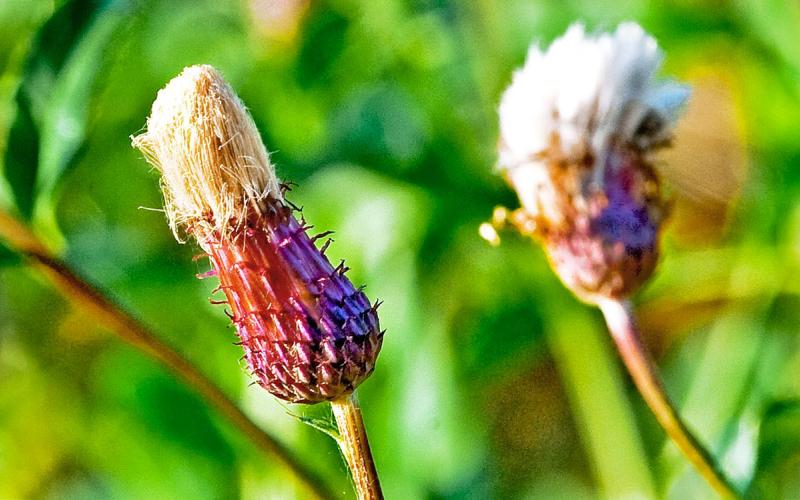Content by Philip Rozeboom

Effects of 2,4-D with and without wiper-applied glyphosate on leafy spurge (Euphorbia esula) treated-shoot, shoot regrowth, and root biomass
Fact sheet on the effects of 2,4-D with and without wiper-applied glyphosate on leafy spurge.

Over-The-Top Dicamba Applications Are Not Legal in Soybean for 2025
The registration for dicamba labels for over-the-top applications in tolerant soybeans have been pulled for the 2025 growing season. Many producers are aware of the situation, but planning weed management strategies should start today.

Enlist One (2,4-D) and Liberty (Glufosinate) Applied Alone or Mixed During the Day and Night: Weed Control and Soybean Yield Implications
Fact sheet on the research done to determine weed control effectiveness with Enlist One and Liberty alone and tank mixed when applied during the daytime and nighttime.

Now is the Time to Plan for Noxious Weed Control in 2025
Since most of South Dakota has experienced several frosts, the opportunities for fall herbicide applications are likely over. Now is the time to plan for noxious weed management for both spring and fall tactics.

Now is Time to Plan Your Weed Management Strategy for the 2025 Growing Season
As harvest season comes to an end, now is the time to start formulating your weed management plan for next year. Learn some expert tips for getting your operation off to a good start next growing season.

Current State of Row Crop Weed Management in South Dakota
Results of an online survey to determine how South Dakota stakeholders are currently managing row crop weeds.

Another Revisitation of Using 2,4-D and Dicamba for Corn Weed Management: Application timing and rates matter
While doing some final weed control ratings this season, ears were pulled from plants in plots treated with 2,4-D, dicamba, and a standard Group 27 herbicide program pre-and-postemergence. Learn what impacts these herbicides had on the ear's size and appearance.

Perennial Weed Management in the Fall
Most herbicide applications to manage perennial weeds have already occurred. However, now is the time to consider fall applications for weeds that were not treated or escaped the spring application.

Fall-Applied Residual Herbicides
Many parts of South Dakota can experience dry conditions when residual herbicides are applied, resulting in inadequate weed control. In these areas, residual herbicides can be applied in the fall and take advantage of a longer period to receive activating precipitation.

Sunflower Moths Causing Problems
While scouting late-planted sunflowers two weeks ago, there were increased observations of sunflower moth caterpillars in the heads that were later than the rest of the field. Sunflower moths are best managed as moths or early instar larvae.